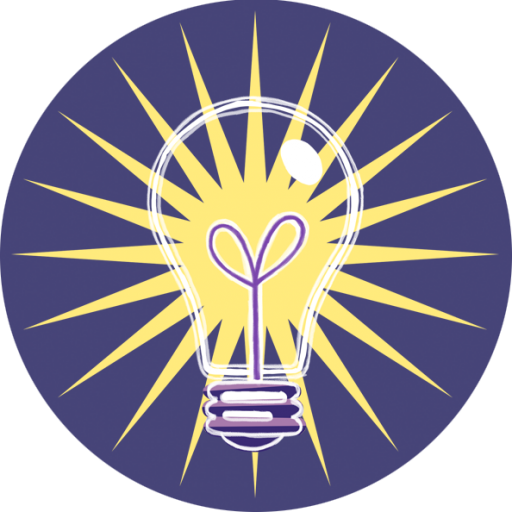Piers Steel is an expert in procrastination at the University of Calgary. In an interview on the BBC’s One to One programme, Steel comments that by tracing our social media activity, international corporations now know more about us than our closest friends and family do. And those corporations are crying out for our attention: ‘There’s a multi-trillion-dollar platform based upon the top 1,000 brightest people in the world focusing billion-dollar machines and algorithms at your head’, says Steel.
What hope is there for the procrastinators? And we all procrastinate, at least a little, says Steel. All that guilt! Social media has made our predicament much worse, he believes, and an understanding of procrastination and ways to deal with it need to be taught in schools.
Detecting procrastination in learners
So what can be done? Set up workshops? Learners may find it therapeutic to discuss their avoidance strategies with fellow students and to find that they too are suffering much the same guilt and even self-loathing. Among them, look out for the dread-filled and the overwhelmed, who may need more help than a workshop can give them.
Notice the thrill seekers too, who wait until they have to work manically down to the wire, triumphantly submitting assignments a minute before deadline. They don’t do ‘all the work while crying’ and cannot be described as procrastinators. This is perhaps more complicated in the case of ADHD students who need the thrill but are tied to procrastination – as one ADHD specialist says, ‘like a horse and carriage’. This is probably intractable.
Once you’ve detected procrastination, teach your students why it is so difficult to deal with. This may well help them to have compassion for themselves. Steel ascribes procrastination to the two decision makers in the brain: the more protective limbic brain and the prefrontal cortex, which developed later and deals with abstract plans. They are at odds with each other, which can be seen in MRI scans where the wanting and not wanting both demand attention. The limbic brain is connected with enjoyment, and is more likely to win, which suggests building treats into one’s plans and making work fun.
Tackling procrastination with learning design
You would be forgiven for thinking that learners’ procrastination has very little to do with learning design. But as learning designers, we often have more power than we realise to help learners – and teachers – reduce resistance. Steel offers several strategies for tackling procrastination. I’ve selected a few, and indicated how we might respond to them in learning design.
1. Break through the surface tension.
Getting started on a task is often the hardest thing, but once you get going then the task gets easier. We can encourage this by designing tasks with several components, and making the first component very easy to achieve. In doing so, we are making it easier for learners to feel like they’ve made a start.
2. Start in the middle.
Steel notes that it can help to think about tasks in a ‘non-linear’ fashion. We can respond to this by designing modular assignments consisting of several smaller tasks that are independent from each other. In this way, learners can begin by tackling the task they feel most able to complete. Once they’ve got started, they can approach the remaining tasks in the order they feel most comfortable with.
3. Find ways to make it more enjoyable.
The more learners enjoy a task, the easier it is to get started on it. As learning designers, we can try to design tasks that give learners choice in what they work on. This can encourage them to choose or create a project they are more interested in.
4. Make temptations less accessible.
The relentless barrage of notifications on phones and devices is constantly working to distract learners. When you’re writing an assignment brief, include a few lines that encourage students to switch off their notifications, turn on ‘airplane mode’ or ‘do not disturb’, or even work on a computer that isn’t connected to the internet (imagine that!) This may sound like simple advice, but many Gen Z learners struggle to feel disconnected – simply giving them permission to do so can be liberating.
5. Constrain time.
Steel notes that ‘time constraints so wonders for motivation’. If we know we only have 30 minutes to produce something, it can encourage us to get started quickly because we don’t have time to waste. Learning designers can harness this dynamic by designing short tasks that can be completed rapidly, and by indicating to learners how much time to spend on each task. This can help break down the perception that their assignment is going to take them weeks to complete, and prevent them from feeling overwhelmed.
Above all, the social media distractors must be turned off. Apart from anything else, they have too much of a handle on us already.
(And if all this has been a bit distressing, try John Perry’s little book, The Art of Procrastination. He subtitles it, A guide to effective dawdling, lollygagging and postponing… lollygagging indeed! Such a good word. How could you possibly feel guilt-ridden and sad when you know you’re ‘lollygagging’? The first chapter won the Ig Nobel Prize for Literature, the author was pleased to point out.)
Piers Steel was talking to James Marriott on One to One: The Dread of Deadlines (Radio 4, 4.10.22).
Got a question about learning design?
The please just post it in the comments below, and the Ding team would be happy to try and answer it for you!
You might also like:
- Writing aims, learning outcomes and assessment criteria– In this post, Ding’s Dr Nicholas Houghton provides top tips on the tricky topic of learning outcomes.



